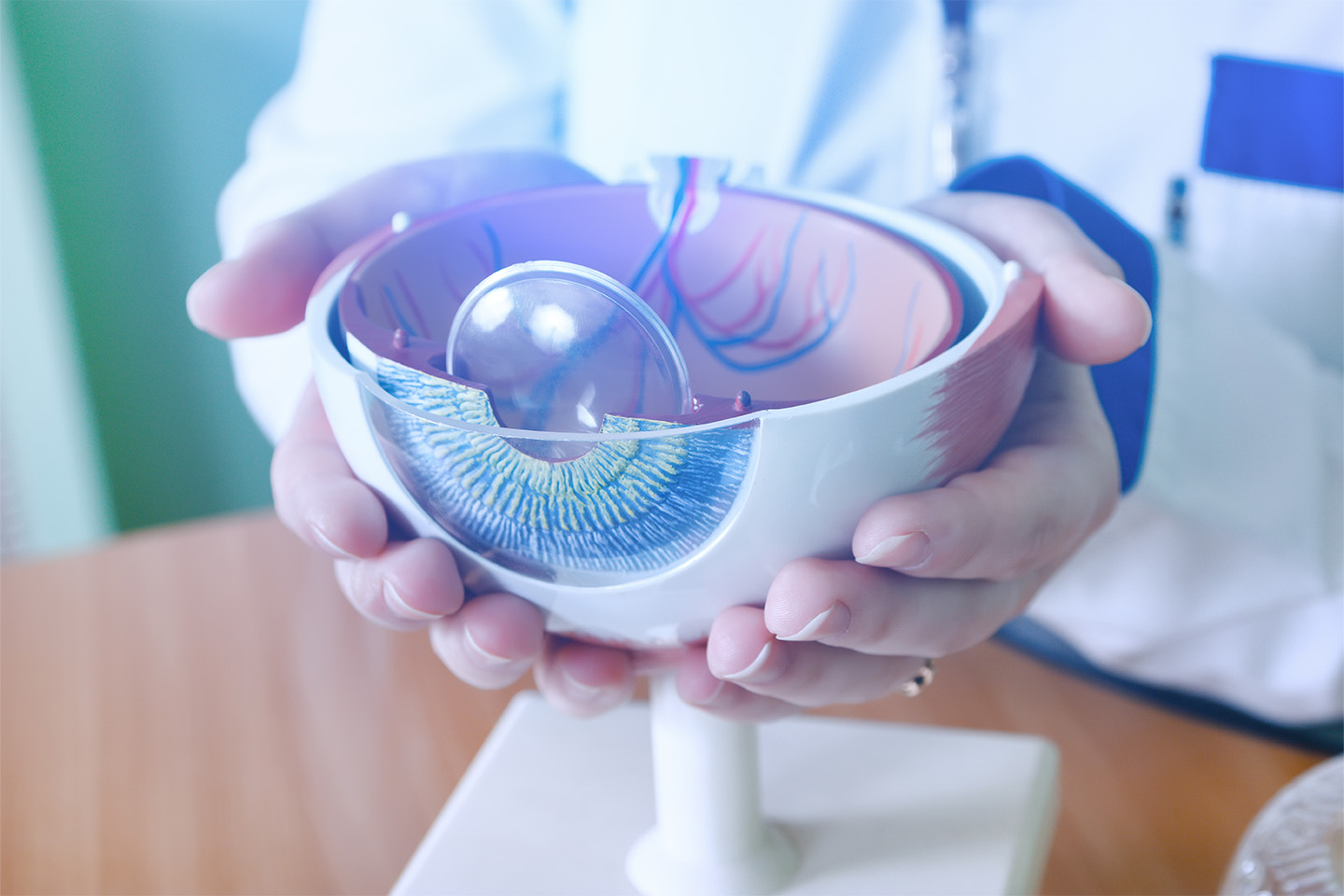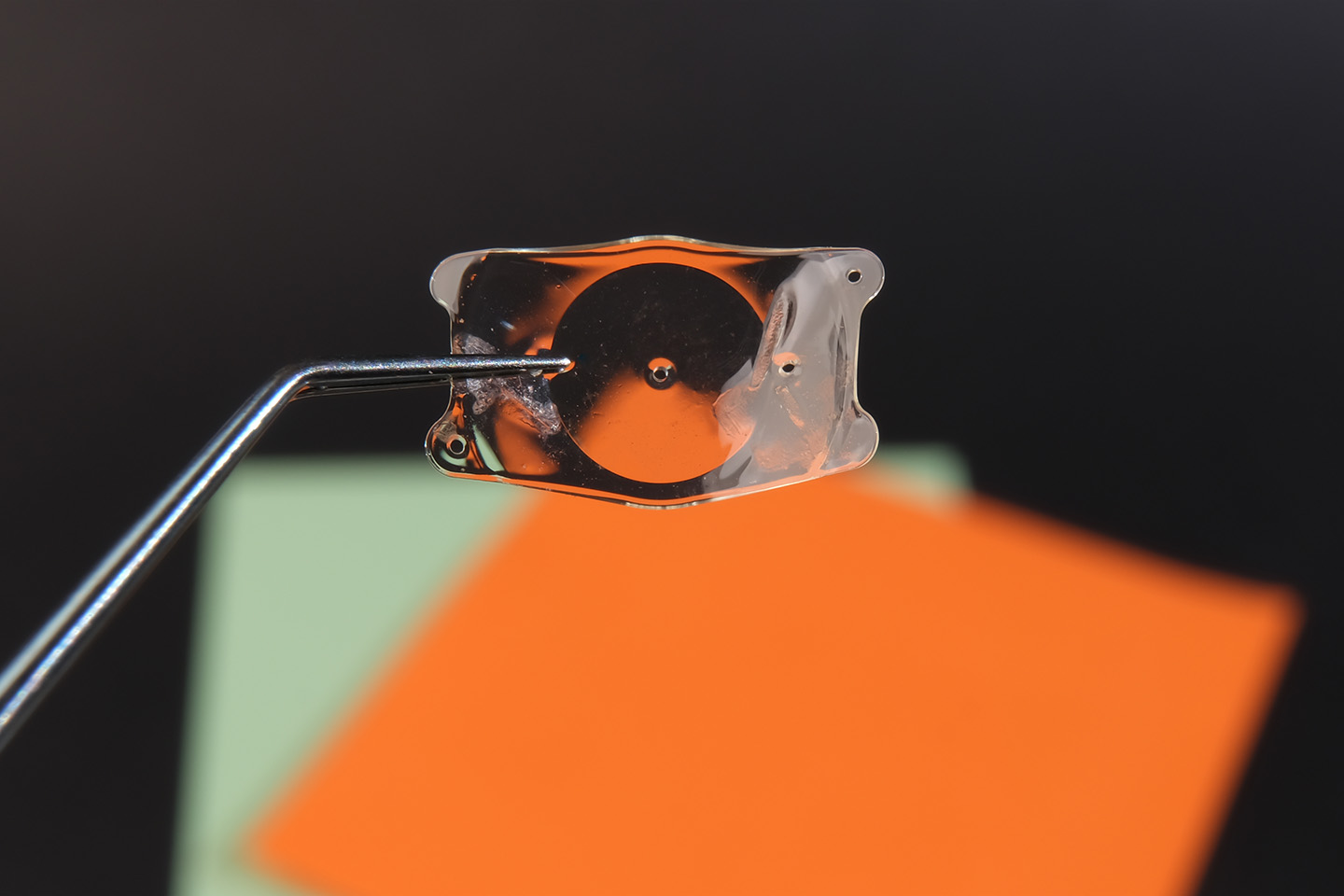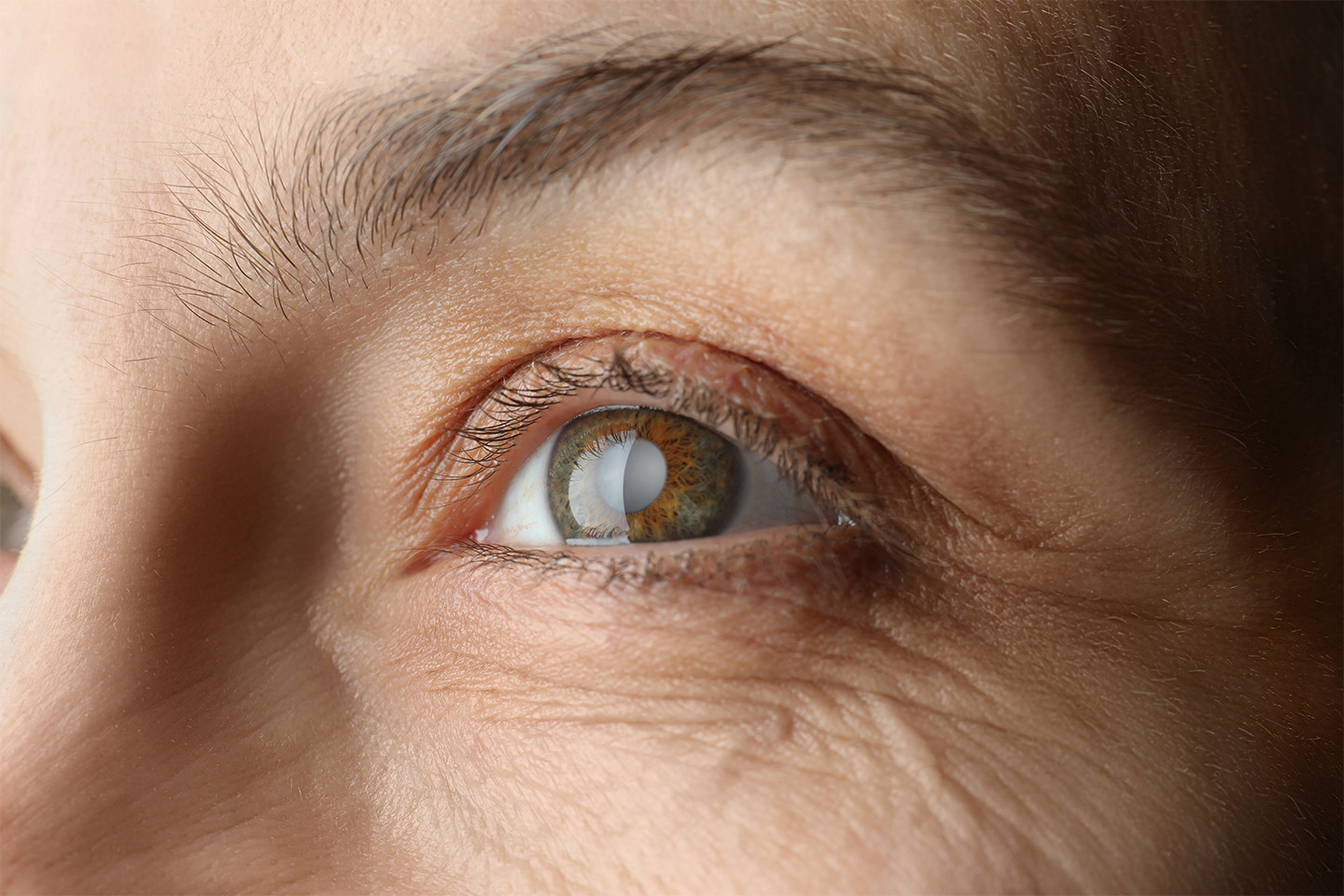Exploring Symptoms of Pterygium and Treatment Options

Do you think you have a pterygium? Learn your treatment options.
If you have a dense, fibrous, wedge-shaped bump growing on the white of your eye (sclera), it’s possible that you have a pterygium (pronounced teh-RIDGE-ee-um). Fortunately, pterygia are non-cancerous growths but left unchecked, they can cause vision loss and permanent eye disfigurement.
Often called “surfer’s eye,” pterygia are caused by overexposure to the sun’s rays, dust, and wind. But you don’t have to be a surfer to develop a pterygium — they can appear in anyone who spends a lot of time outside, especially if they work outdoors and at high altitudes. They’re more common in men than in women, and they typically affect people in the 20- to 40-year age range.
The process of removing pterygia is relatively quick, easy, and painless, but it’s important that you detect and address the pterygium before it can cause permanent damage to your eyesight. If you suspect that you may have a pterygium, learn more about the symptoms and treatment:
Symptoms of a Pterygium
While the symptoms of a pterygium will vary from person to person, an afflicted patient will generally exhibit some or all of the following symptoms:
- Burning or itching sensation in the eye(s)
- Gritty, dirt-like feeling in the eye(s)
- A sensation that there is a foreign body in the eye(s)
- Visual disturbances (with larger growths that have started to cover the cornea)
- Clearly visible eye growth(s)
Pterygia have a similar symptom set to cataracts, so patients often confuse their pterygium for cataracts at first. Your doctor can help determine which condition you have and recommend treatment accordingly.
Pterygium Treatment
Although they are similar to cataracts in nature, pterygia require different treatment. They will need to be removed; the removal is a simple, in-office procedure that should only take about ten minutes. Your doctor will administer a local anesthetic to make the removal more comfortable.
After the procedure, you’ll receive an antibiotic ointment and an eye patch to wear overnight. Most patients are required to return to their doctor’s office the next day for a brief follow-up treatment. Most patients find that they’re able to return to their jobs only one day after the procedure, although recovery time will vary depending on the patient.
If you think you have a pterygium, reach out to a qualified eye care professional today for a consultation and to learn more about your treatment options. Early detection and treatment is your best weapon in the fight for healthy vision, now and for years to come. Contact the Kleiman Evangelista Eye Centers of Texas today to learn more.
Turn To The Top Eye Doctors In Texas
Check out one of our locations below for the best eye care near you:









